|
Motorcycle News - Motorcycle.com’s 2018 Electric Motorcycle Buyer’s Guide
https://ift.tt/2L9oWC9 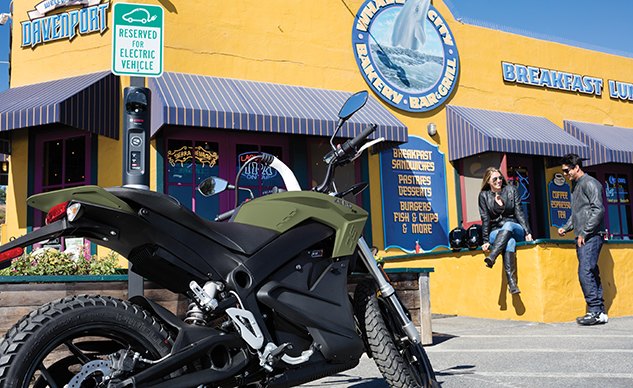 At Motorcycle.com, we’ve been on the forefront of electric motorcycle news for as long as we can remember. Long heralded as the future of two (and four) wheels, nearly silent propulsion via electrons instead of gasoline appears to be well under way. On the motorcycle side, the big OEMs are seemingly slow to follow the trend the car guys have taken. This, however, has opened the doors for smaller companies to take over the electric bike market and innovate on their own. The problem with being a niche electric motorcycle manufacturer is that often the general consumer doesn’t realize you exist. You’d be hard pressed to find a motorcycle rider not familiar with the name Honda or Harley-Davidson, but if you ask the average rider to name an electric motorcycle, chances are, you’ll be met with a blank stare. Which is where we come in. Here, we present Motorcycle.com’s 2018 electric motorcycle buyer’s guide, wherein we give you a quick snapshot of each electric motorcycle available today. This guide is presented in alphabetical order by manufacturer and only includes motorcycles, with one notable exception. Two motorcycles you won’t see on this list are the Harley-Davidson Livewire and the Victory Empulse (formerly Brammo Empulse). We’re still waiting on the former to officially make it to production, while the latter faced the opposite problem: it was discontinued when Polaris decided to shut down Victory. Other things you won’t see here are the seemingly endless amounts of electric two-wheelers coming from China. For the purposes of this guide we’re choosing to exclude them. AltaRedshift MXRThe ultimate in Alta’s quattro of offerings, Alta claims the MXR was designed to compete with its 350cc four-stroke motocross counterparts. If we’ve learned anything from manufacturers’ nomenclature, whenever we see the letter R in a name, it’s synonymous with performance – the MXR is no different. First, there’s the R5.8 (5.8 standing for kilowatt hours), MXR’s upgraded battery pack, which Alta claims delivers maximum output longer than its other models, while also operating cooler. Moving to the motor, the MXR’s liquid-cooled motor spins to 14,000 rpm, delivering 50 hp. Through the use of a 3.5:1 gear reduction, the motor’s 42 lb-ft of torque effectively gets multiplied to a staggering 147 lb-ft of torque at the countershaft. 2018 Alta Motors Redshift MX and MXR First Ride ReviewUprated performance entails more than just battery and motor. Suspension comes courtesy of WP’s AER fully adjustable air fork, while WP also handles rear shock duties, with valving and linkages slightly tweaked to Alta’s design. Four different power modes are available to suit specific riding environments or the rider’s mood that day. The Redshift MXR weighs a claimed 259 lbs, can charge in as little as 1.5 hours, and retails for $11,995. Redshift MXAs the name implies, without the R the Redshift MX is a slightly less performance-oriented motocrosser. We say slightly because the entire line of Alta motorcycles are designed to go head-to-head with their internal combustion counterparts. In the case of the MX, dropping the R means downgrading to the standard 5.8kWh battery and motor combination, resulting in 42 hp and 38 lb-ft, which then is effectively 120 lb-ft of torque at the countershaft with the 3.5:1 gear reduction – still a hugely impressive number. Suspension gets “downgraded” to a WP 4CS fork (which some may not consider a downgrade if air forks aren’t for them) and WP 5018 shock, while the rest of the componentry is awfully similar. Brembo brakes remain, though tires switch from Dunlop Geomax MX3S to Bridgestone Battlecross X30. The Redshift MX can recharge in as little as two hours, weighs slightly more than the R, at 265 lbs, and retails for $10,495. Redshift EXThe Redshift EX is essentially a street-legal version of the MX, meaning it comes equipped with lights, turn indicators, sidestand, and a license plate. Otherwise, the EX and MX are very similar in terms of battery, motor, power output, power modes, brakes, and suspension. The additions needed to make it road legal partially added to the bump in weight to 275 lbs, and price jumps, too, retailing at $12,995. Redshift SMYou guessed it: the Redshift SM is the supermoto version of the Redshift lineup, though it’s based on the MX platform instead of the MXR. This means the same 42 hp and 38 lb-ft as the MX and EX, but it’s delivered to 17-inch Warp 9 wheels wearing sticky Pirelli Rosso II rubber. WP suspension is still used at both ends, but now, the Brembo braking components are beefed up to handle pavement duty. A four-piston front caliper bites on a single 320mm rotor, while the rear sees a single piston Brembo and 220mm rotor. Like the other Altas, the frame and swingarm are constructed from forged and welded aluminum and incorporate the Redshift Bulkhead, which functions as the outer motor casing, the cooling circuit for the motor and inverter, and houses the the transmission case for the gear reduction. The Redshift SM weighs a claimed 283 lbs and costs $13,495. BMWC EvolutionEarlier we mentioned there would be one notable exception to this list of electric motorcycles. It’s this, the BMW C Evolution scooter. Some might moan and shout to the hill tops that this is not a motorcycle, but it has two wheels and is powered by electricity. So, it’s a perfect fit for this list. The fact it comes to us from one of the most distinguished brands in motorcycling makes it that much more significant. Click the link for a full review of the C Evolution, but the key takeaways are simple: the air-cooled lithium-ion battery is linked to a liquid-cooled motor delivering roughly 48 hp and 53 lb-ft of torque. As far as how it performs as a scooter – or as BMW prefers to label it, an “urban utility” machine, it retains all the convenience features we love about scooters. It’s able to zip around town with ease, hold a decent amount of stuff in its various compartments, and can legitimately travel 70-odd miles of normal riding. At $13,750, one might hope for more mileage from the C Evolution, but the fact a major OEM like BMW is producing an electric two-wheeler could mean breakthroughs and advances happen sooner. EnergicaEgoComing to us from Italy is Energica and its three model offerings. First on the list is the Ego, Energica’s Italian electric sportbike. Boasting a 11.7 kWh, air/oil-cooled lithium polymer battery and air/oil-cooled permanent magnet motor, the Ego puts out a claimed 107kW (roughly 145 hp) and 148 lb-ft of torque – numbers Energica says gives it greater performance than 600cc internal combustion sportbikes. And it’s all wrapped inside a steel trellis frame, typical for an Italian motorcycle. The brains for all Energica models is the VCU (Vehicle Control Unit) designed and developed completely in-house to best manage power. Boasting technologies like different ride modes, regenerative braking, a “coast” feature allowing the motorcycle to freewheel, Brembo brakes, Marzocchi fork, Bitubo shock, and a colorful 4.3-inch TFT display, the Ego comes loaded with high quality components, much like you’d expect from an Italian sportbike. With a Mode 4 DC supercharger, reaching 80% charge from zero can be achieved in under 30 minutes. Otherwise, reaching 100% from nil can take as much as eight hours from a standard 110v wall outlet. We’ve ridden the Ego and came away impressed with the power and the way it’s delivered, but had small gripes about the handling and big gripes about its excessive weight, coming in at nearly 600 lbs. Price is $24,900. Visit the Energica website for more information. EvaThe Eva is what happens when you take the Energica Ego, strip it of some fairings, and mount handlebars to it. Streetfighters are all the rage lately, and at their core, streetfighters are essentially naked versions of their sportbike derivatives with better ergonomics. The Eva is no different. Battery and motor remain the same, though price for the Eva drops to $23,400, which might be the deciding factor for some as to whether they prefer the sportbike or the naked. Interestingly, we last rode the Eva in 2016, and back then T-Rod scratched his head about the reduced performance output from the Eva despite sharing the same components as the Ego. However, a look at the 2018 Eva web page now states equal performance between the two. Either way, the same highlights and lowlights remain. Eva Esseesse9If the streetfighter fad is already losing its luster for you, maybe the newest fad – cafe racers – is more your thing? If so, the Eva Esseesse9 (SS9, named after Via Emilia (SS9), an ancient Italian road built in 187 BC to connect Rimini to Piacenza, along Italy’s Motor Valley where Energicas, Ferraris and Lamborghinis are manufactured) might be for you. Based on the same underpinnings as the Ego and Eva, the Eva Esseesse9 takes the styling in a more classic direction. The angular headlight from the Eva is gone, replaced with a classy round unit. A pleated brown leather seat is less dished than the Eva’s, bodywork is slightly tweaked, and bar and peg position are revised for a little more comfort. Performance-wise, despite carrying the same hardware as the Ego and Eva, overall output is slightly down. Still, a claimed 80 kW (109 hp) and 133 lb-ft of torque are nothing to sneeze at, and when Kevin Duke rode the Esseesse9, he confirmed the bike is still plenty fast in a straight line. Full details about the bike can be found in the link to Duke’s review, but needless to say, the highs and lows from the Ego and Eva still remain. KTMFreeride E-XCAvailable in Europe for a some time now, the KTM Freeride E-XC is one of three electric models in KTM’s lineup – and the only one coming to the US. While not street legal Stateside despite carrying a headlight and taillight, the E-XC is a great tool for feeling like a hero on the trails or single track without disturbing the neighbors or wildlife. A 2.6 kWh battery is on the small side, but it’s quickly swappable (for the price of another battery) and mated to a liquid-cooled motor, pumping out a peak output of 21.5 hp and 31 lb-ft of torque – comparable or superior to 250cc machinery. Since the E-XC issentially a glorified trials bike, former E-i-C Duke couldn’t wipe the smile off his face after riding one last year. Extremely fun – and easy – to ride, while delivering the off-road ability KTM is known for. The big downside is charging has to be done through a 220v outlet, which is hard to do when you’re on a trail. Still, it’s an interesting proposition for $8,299 and a welcome thing to behold from a major OEM. LightningLS-218With an average run of 218 mph at the Bonneville Salt Flats, the LS-218 is the fastest production motorcycle – gas or electric – in the world. There’s no doubt the LS-218 is fast, and after riding an early version of the bike in 2012, Road Test Editor Troy Siahaan couldn’t help but giggle like a schoolgirl. The source of this speed comes from the IPM liquid-cooled motor, which Lightning claims pumps out 200 hp and 168 lb-ft of torque. Three battery options include a 12 kWh, 15 kWh, or 20 kWh pack, capable of up to 180 miles (claimed) per charge. Like the motor and battery, the rest of the LS-218 screams performance. Öhlins handles suspension, while Brembo handles braking duties. Forged aluminum wheels help the 495-lb e-sportbike tip side-to-side a little easier. If you haven’t noticed by now, the LS-218 is all business, and doesn’t suffer fools gladly. With a base price of $38,888, it’s actually not terribly unreasonable for the wealthy e-bike enthusiast looking for an adrenaline rush like no other. LitoSoraUsing the term “production bike” is a stretch with the Lito Sora, as Lito is comprised of just five people, building each of the Soras by hand. As one would imagine from a company this small, the Sora’s niche isn’t performance or mass production – it’s aesthetics. Carbon fiber bodywork, aluminum frame and swingarm, coupled with swooping lines with equal amounts of white space undoubtedly give the Sora a unique look. Underneath the carbon panels is a 12 kWh lithium-polymer battery and liquid-cooled motor, capable of a modest 66.4 lb-ft, which moves the 573-lb (claimed) Sora briskly but won’t shove your eyeballs to the back of your head like the Lightning. From there, the Sora impresses with its details. A touchscreen display is operable with gloved hands and displays battery use, ride modes, and a GPS screen. From there, you can input a destination and the Sora will inform you if you have enough charge to make it. Pretty trick stuff. Also trick is the electrically adjustable seat, which moves up or down from 29.5 inches to 33.5 inches to suit different rider sizes. Full details about the Sora can be found on Tom Roderick’s review from 2014. While mostly accurate, some updates have been implemented since then, like the starting price of $77,000. For the most up-to-date information, visit the Lito website. Zero |
�
Categories
All
Archives
November 2020
|


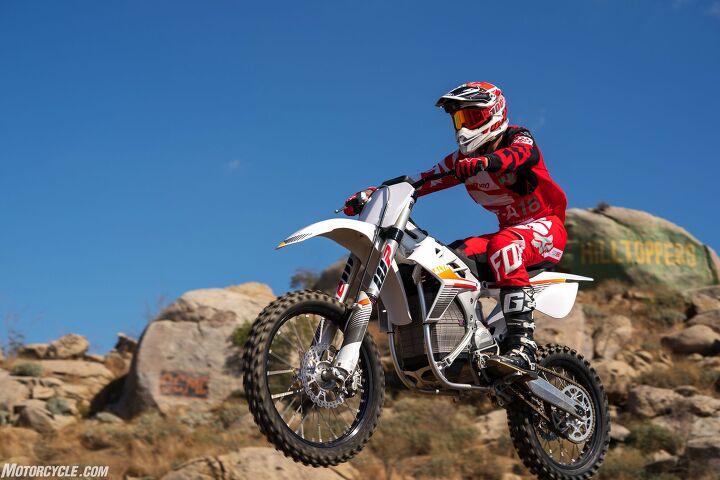
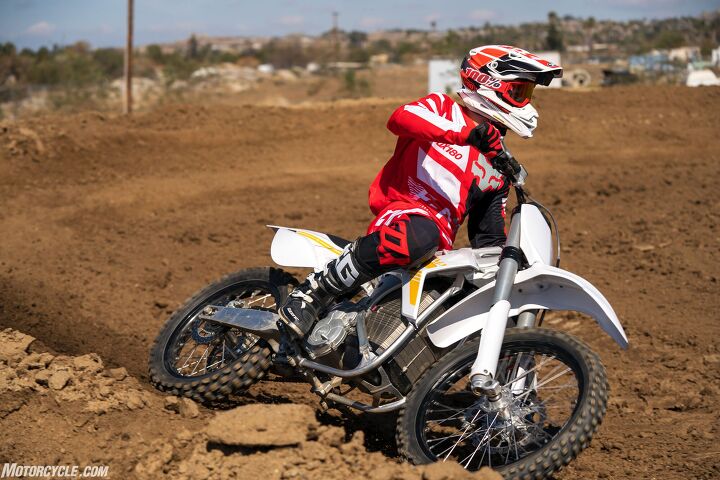

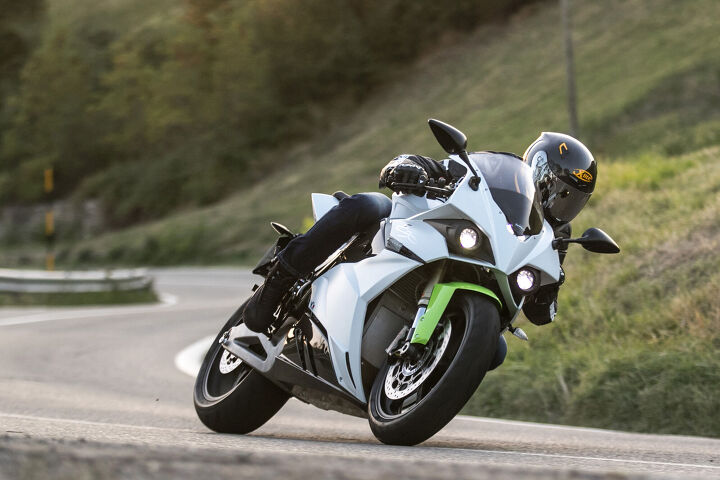
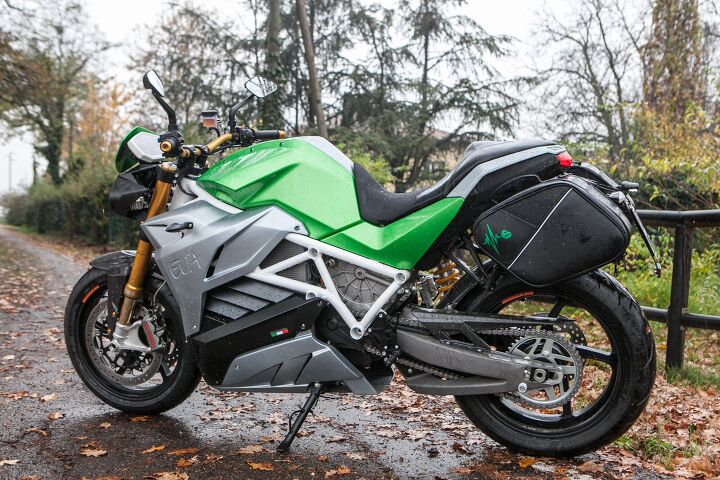
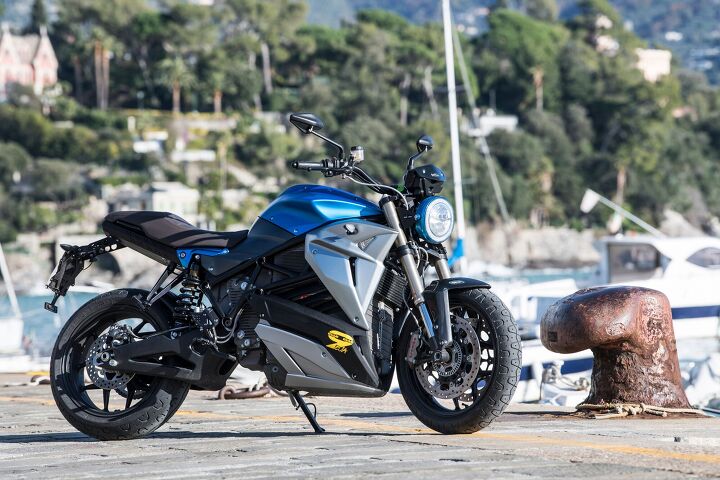
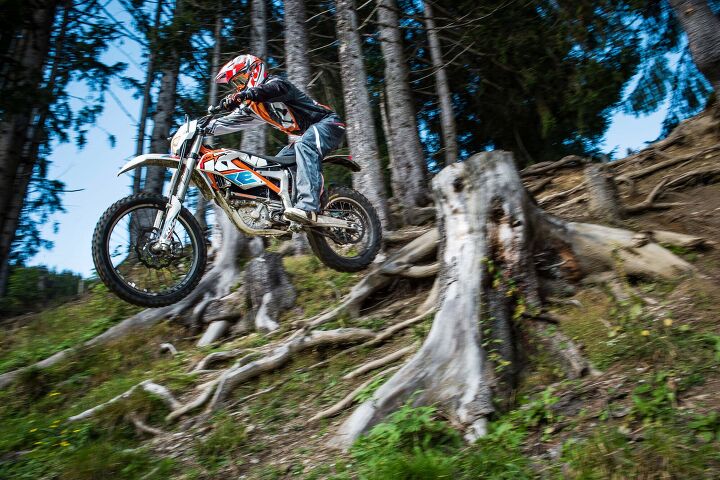

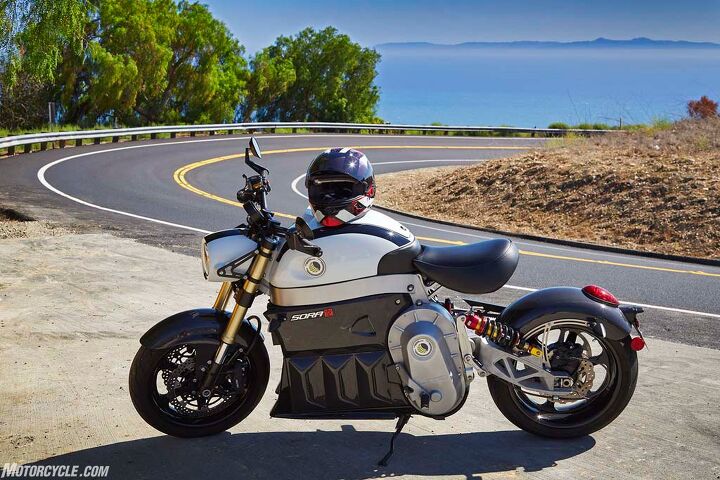
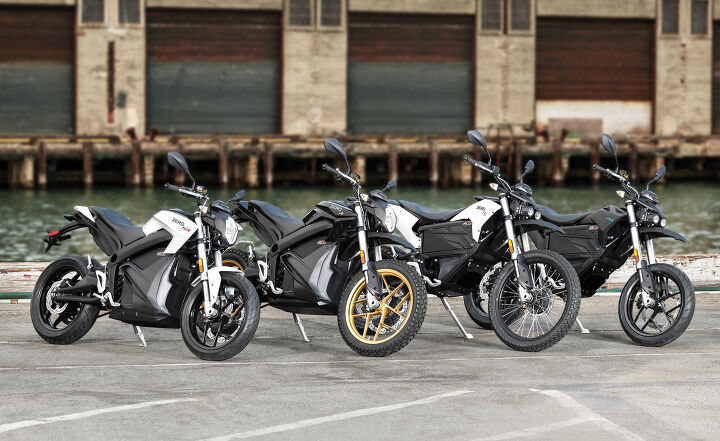
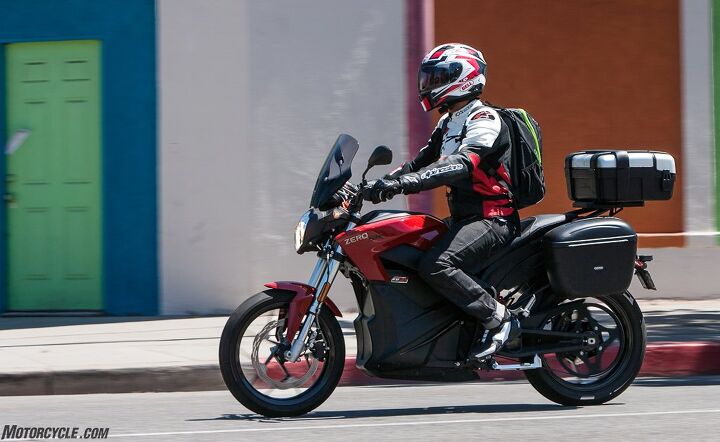
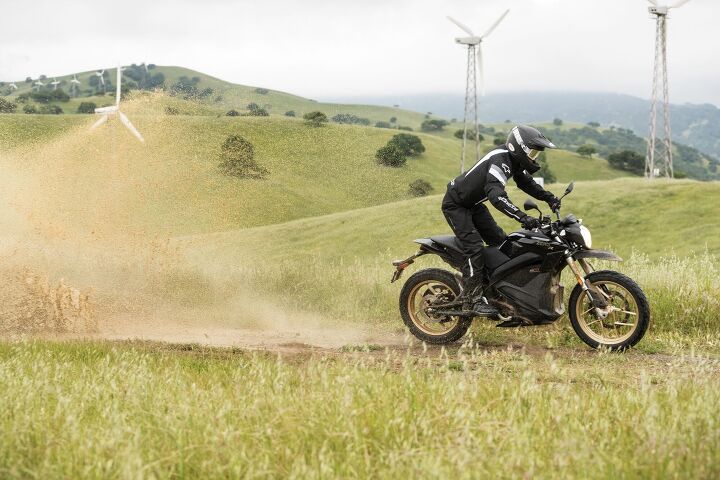
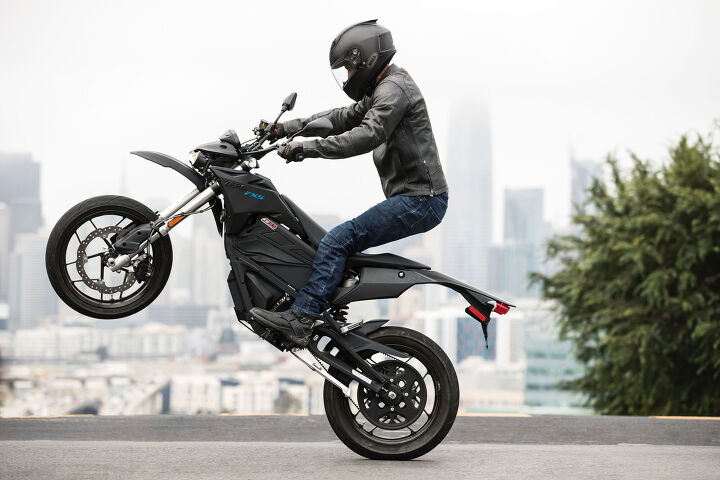
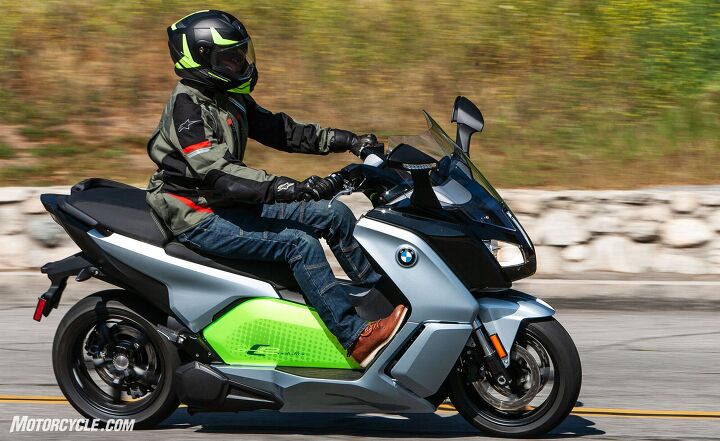
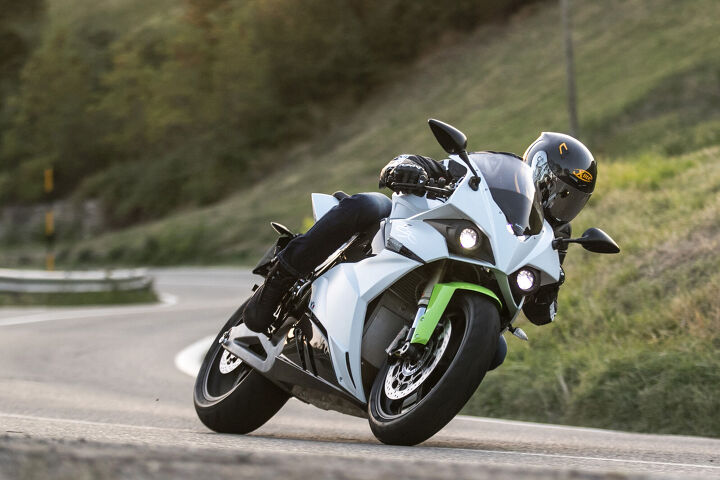
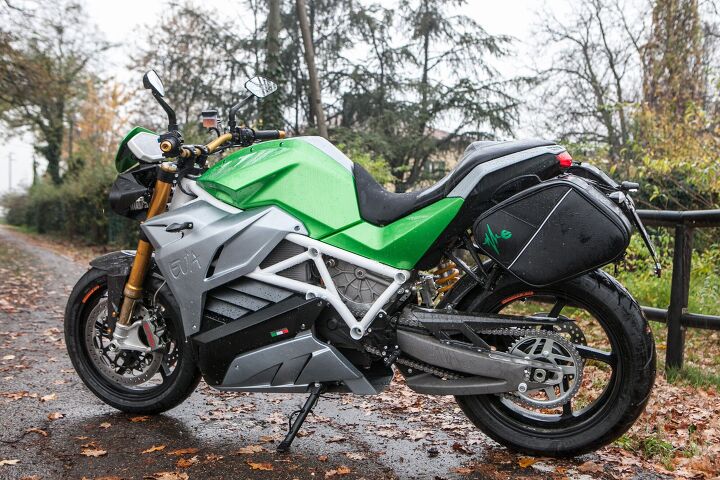
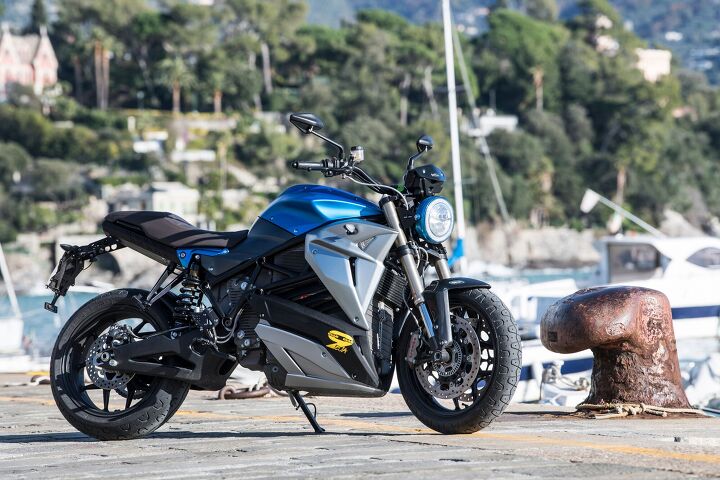
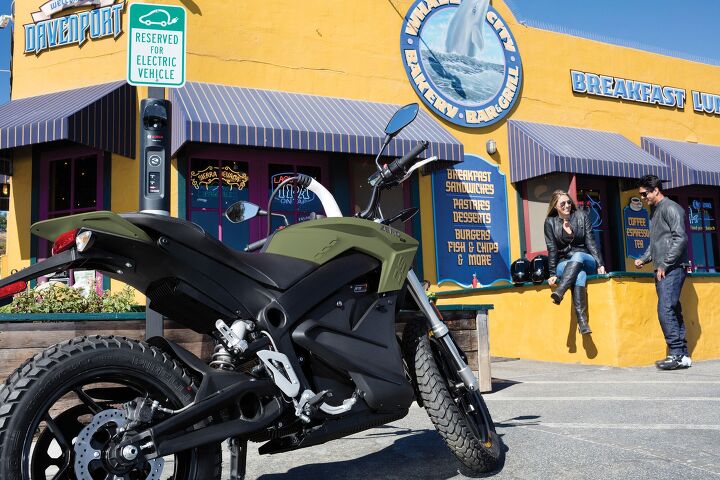
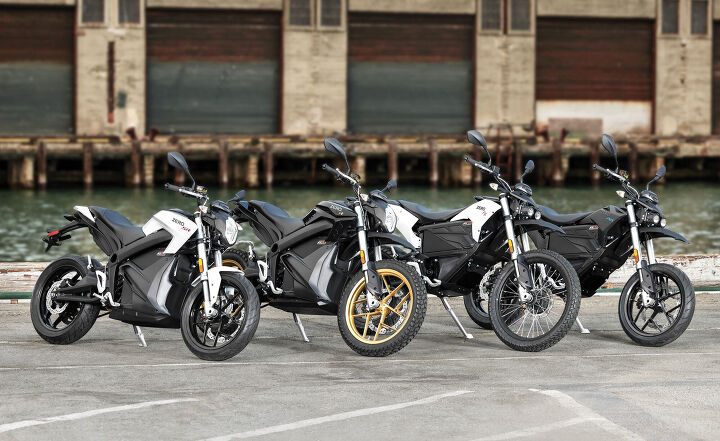
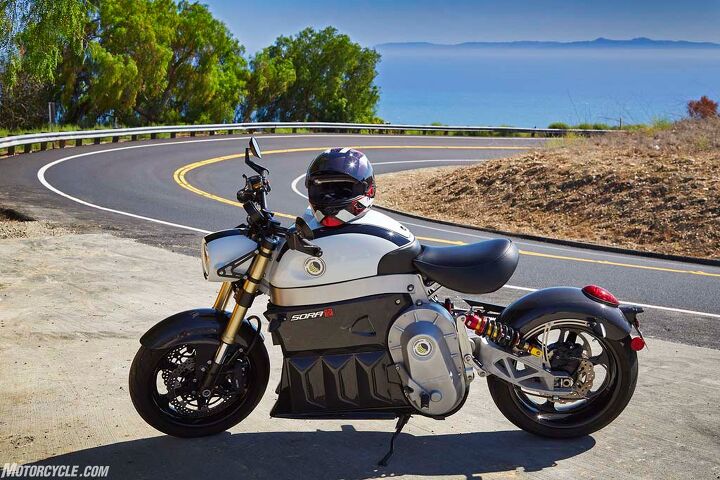
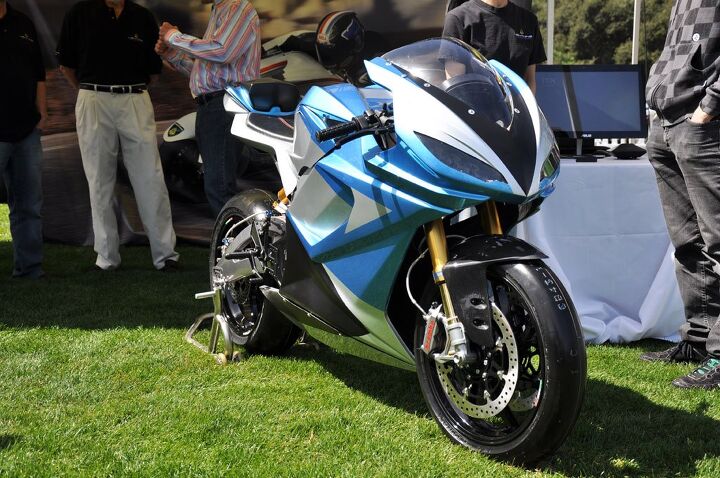
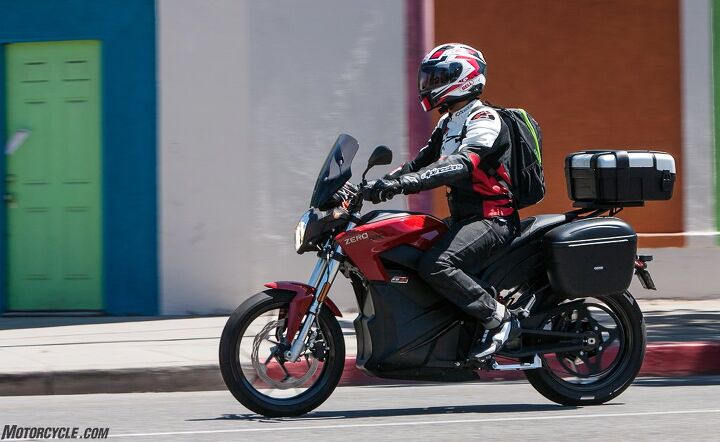



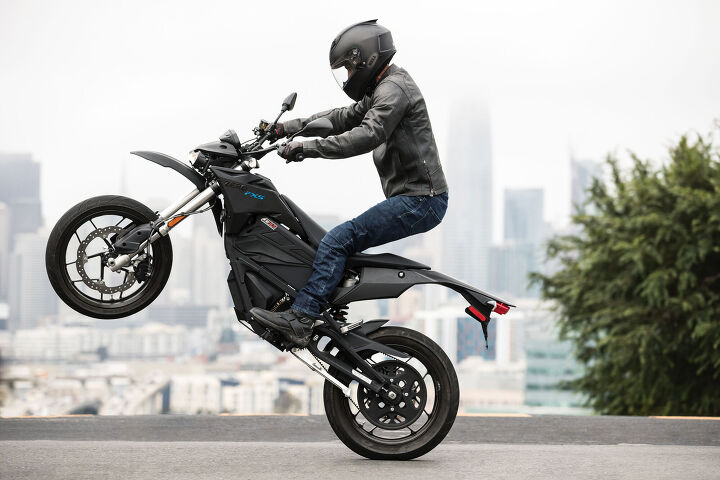
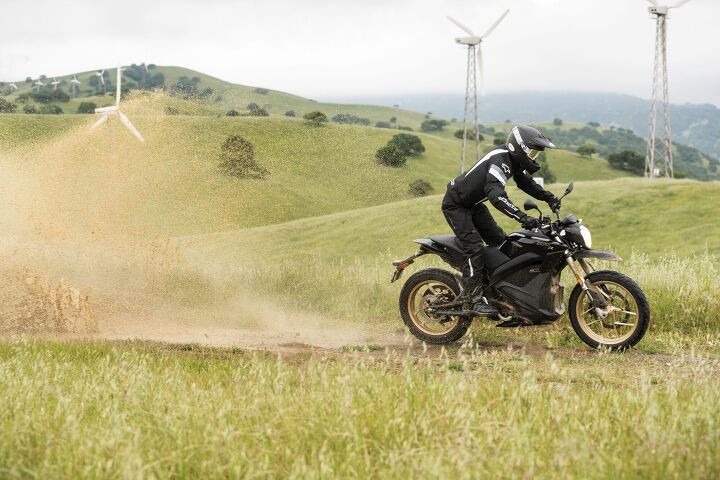
 RSS Feed
RSS Feed

5/17/2018
0 Comments